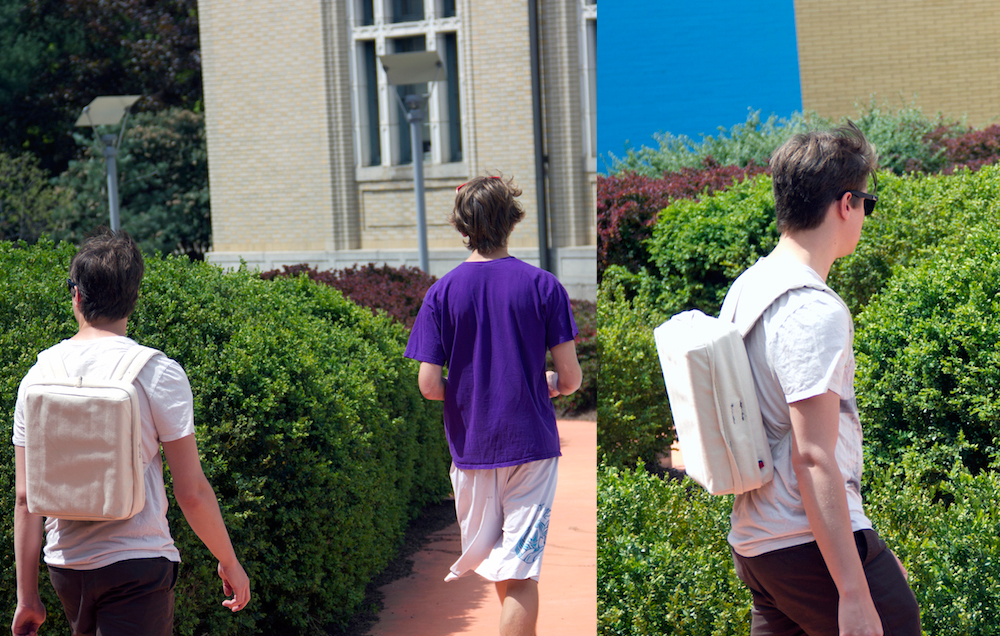Awards
Accepted into the 2013 Design and Semantics of Form and Movement (DeSForm) Conference in Wuxi, China.
Meeting of the Minds 2013 Alcoa Undergraduate Research award - Third Place.
Selected to showcase Project Loci at Carnegie Mellon President Suresh’s Inauguration in November, 2013.
Problem
Today we access most of the information on the internet through screen-based interfaces on our personal electronic devices. The goal of this project was to explore and demonstrate the feasibility of using haptic interactions, ie. tactile feedback, in place of screen based interactions as a method to convey more complex information. In the spring of 2013, our interdisciplinary team: Christopher Henley, Canute Haroldson, and Ajay Ravindran received $1000 of funding to research into haptic interactions and produce a working prototype.
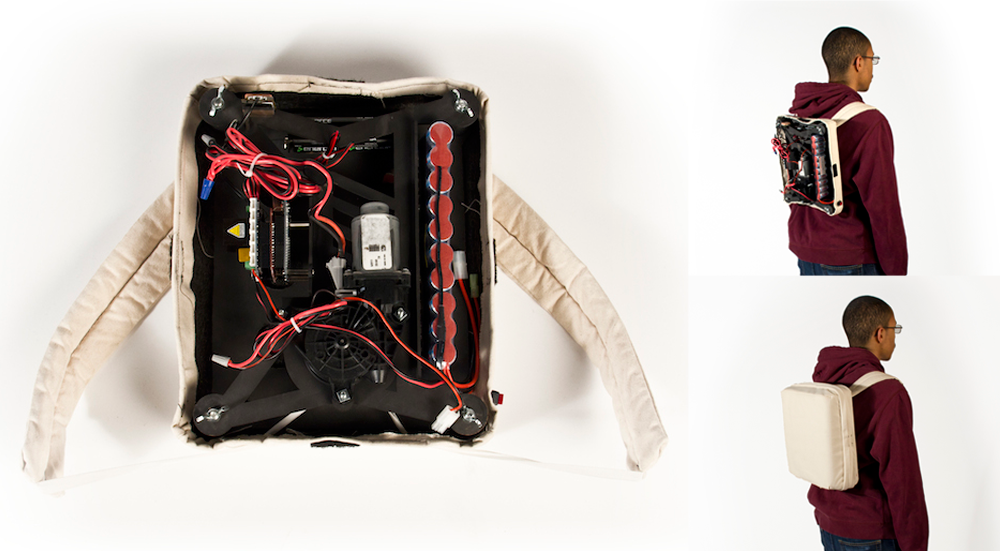
Project Loci grew to be a haptically enabled backpack that takes cues from mother-child relationships, and tightens and loosens its straps based on the relative safety level of the wearer’s current location.
Crime Map
As shown in the crime map below, crime statistics are typically displayed in tables or graphs that show the types and frequency of crimes in regions and districts. This information can be found online through annual police reports issued by most cities. The only way to interact with this information is to read either the charts or maps, which is a taxing experience because of the density of the content. This experience is even more demanding if the reader is on the move.
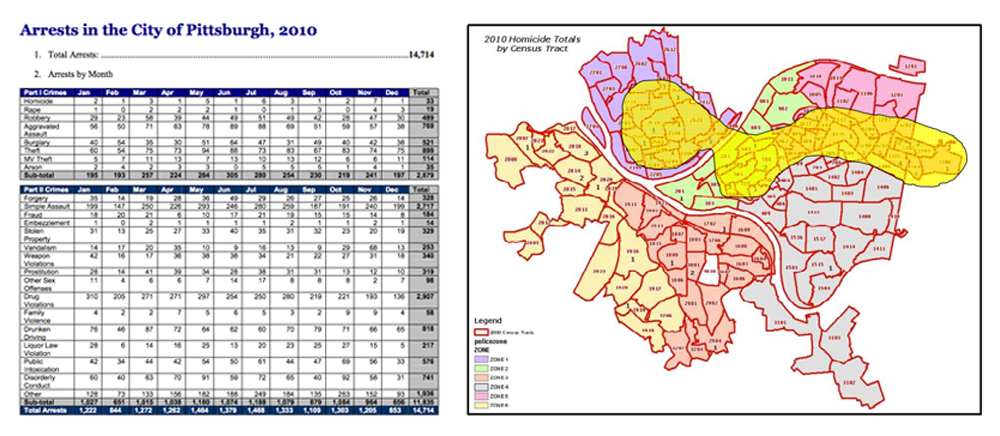
The backpack works by searching for Pittsburgh crime data and statistics from several different reliable online sources and compiling it all in one place. The aggregated data is then analyzed and areas of Pittsburgh are assigned a safety rating from one to five, one being the safest and five being the most dangerous. All this information is then converted to coordinate points that are overlaid over Pittsburgh.
The user puts on the backpack and begins their trip. A GPS inside of the backpack keeps track of the wearer’s current location and compares it to the crime ratings that were given to different areas. If the user goes from a more safe area to a more dangerous one, then the straps will tighten. If the user goes from a more dangerous area to a safer one, then the straps will loosen.

Inspired by Parent-Child Interactions
The tightening interaction was chosen by looking into parental attachment, a safety minded process, because of its innate and intuitive feel. The tightening strap interaction mimics the behavior of a child pulling closer to their parent in an unfamiliar situation or environment, as well as the parent holding the child’s hand tighter in a more dangerous situation, ie. crossing a busy street. Because this interaction is deeply rooted in human psychology, it elicits a visceral response as opposed to forcing the user to make a conscious association between an interface and an abstract concept.
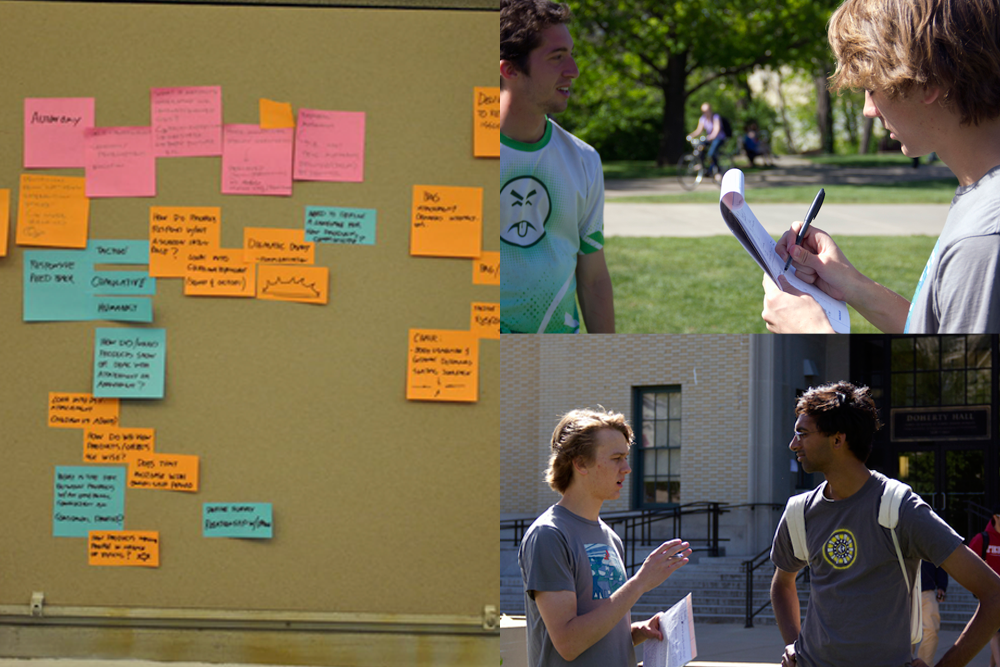
Beneficial Change in Posture
The tightening strap interaction is effective because it accurately conveys a sense of apprehension. Additionally it influences the users’ posture. When the user is in a more dangerous area the straps tighten, causing their posture to change from slouched and unaware to upright and confident. From our research we found that this change in posture encourages a heightened sense of awareness of the user’s surroundings.
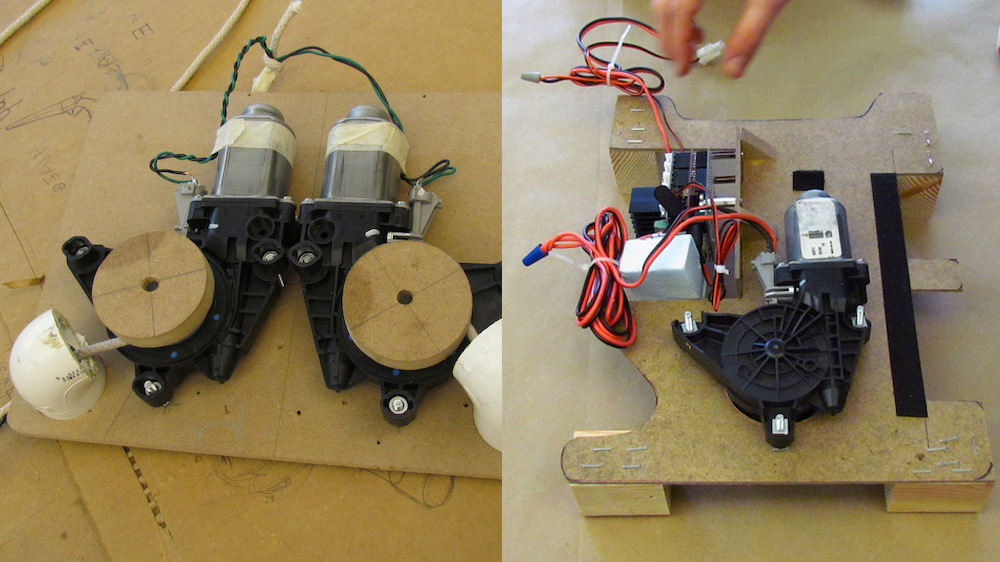
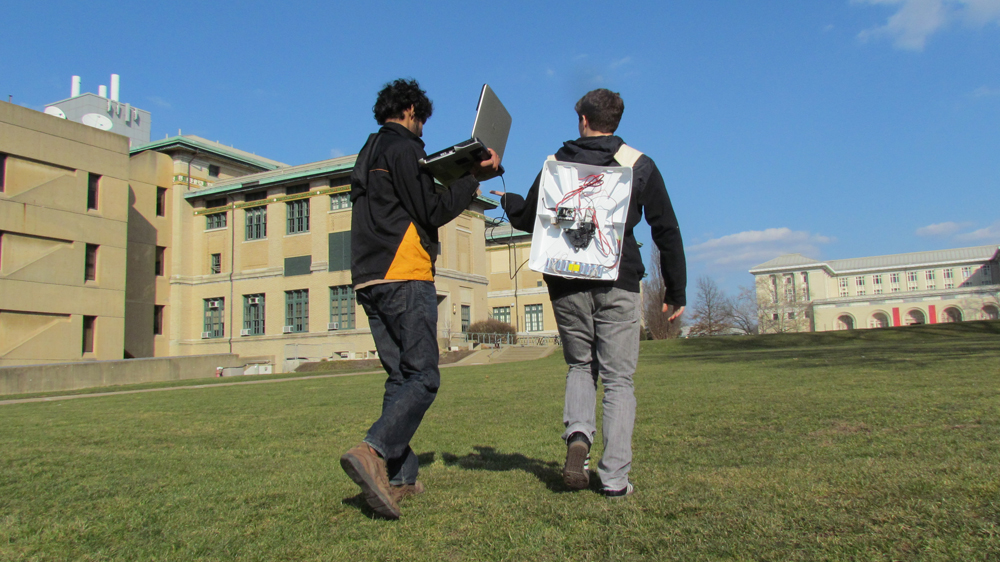
Environmental awareness relies heavily on the senses, specifically sight and hearing. Both of these senses are severely diminished while using personal electronic devices, most of which are screen-based and force the user to divert their attention down at their hands. Incorporating interactions into a backpack removes the users’ dependence on a screen, allowing them to experience information physically. This is a more intuitive and beneficial method of experiencing information that promotes safety and contextual awareness.
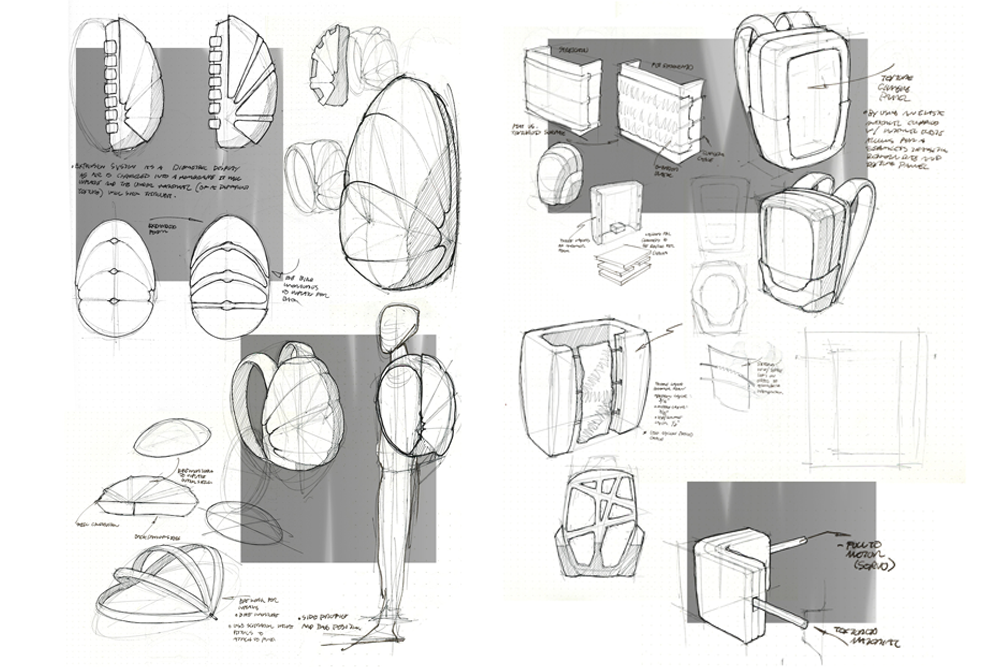
Liberation from Our Screens
By designing haptic interactions that reflect people’s natural interactions with each other, there is almost no learning curve to interpreting the information provided. Through seemingly simple interactions, information can be presented with a relatively low fidelity, but interpreted at a much higher level because of people’s natural understanding of physical interactions in their daily lives.
Artifacts with tactile feedback liberate the user from their screens and enable a wealth of alternative ways to transmit and interpret information. By being mentally present and aware of their surroundings, people are able to pick up on subtle environmental clues and make more conscious decisions to keep themselves safe. This liberation translates well to almost all aspect of our lives. Given the appropriate form factors and placement in the right context, the fusion of everyday objects with haptic technology can be seamless, intuitive, and help create a more aware and confident world.
